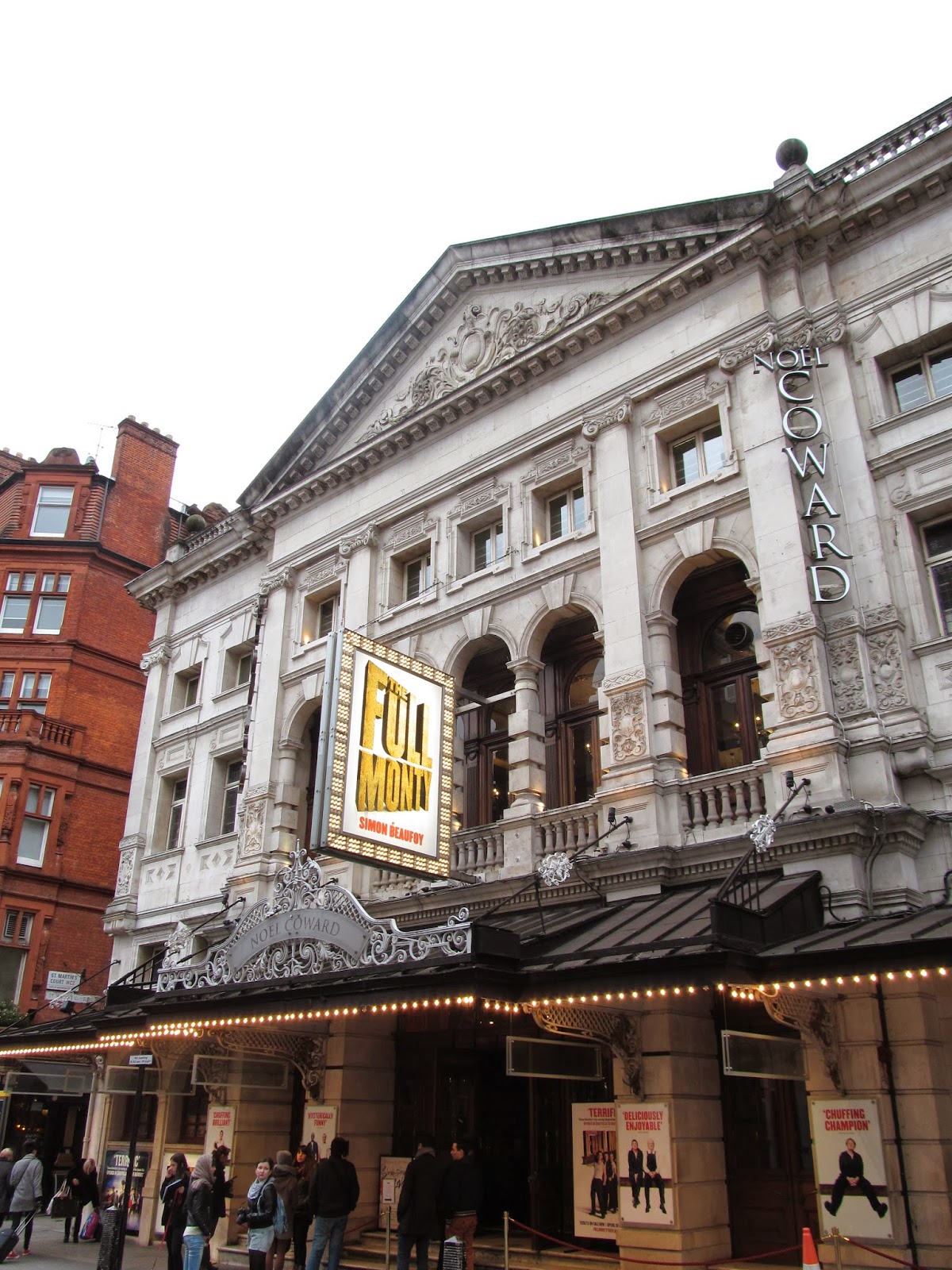I saw the preview of Water Babies, a world premiere, at Leicester's Curve Theatre. I was intrigued how Charles Kingsley's classic would be interpreted on stage after enjoying the 1978 movie (directed by Lionel Jeffries and produced by Peter Shaw) starring James Mason, Bernard Cribbens and Billie Whitelaw. This production is loosely based on the movie. The production's story and lyrics are written by Ed Curtis and Guy Jones. Chris Egan composed the beautiful memorable music for the musical.
 The producers engaged the character of Tom to a philosophical and liberal education during his under water adventure, which was met with enchantment, danger and uncertainty under the mentor of Mrs D (Louise Dearman). Mrs D's encouragement to Tom is to think as an individual and decide what he personally feels is best. What struck me was the production was the illustrative use of storytelling, through and now one's fate can be decided through 'writing their chapters' as they go along instead of 'writing them in advance' with an ending. The moral essence was that the fate was in their books (or hands) and they can wish for anything.
The producers engaged the character of Tom to a philosophical and liberal education during his under water adventure, which was met with enchantment, danger and uncertainty under the mentor of Mrs D (Louise Dearman). Mrs D's encouragement to Tom is to think as an individual and decide what he personally feels is best. What struck me was the production was the illustrative use of storytelling, through and now one's fate can be decided through 'writing their chapters' as they go along instead of 'writing them in advance' with an ending. The moral essence was that the fate was in their books (or hands) and they can wish for anything.In order for Tom to be with Ellie (Lauren Samuel) whom he has fallen in love with, he learns and teaches life from and to the water babies and his water animal friends, Jock (Andy Grey), Terrance (Samuel Holmes) and Claude (Tom Davey) on his journey which was destined to see the Kraken (Richard E Grant). There were dangers from the Eel (Tom Lister) and the Shark (Matthew Gent).
The staging was modern but very effective with the deep end swimming pool in one of the scenes symbolising how deep that water world is. The special and visual effects caught everyone's attention from beginning to end and certainly a perfect aid to story telling. This production will certainly be known as many for its sophisticated special effects.
An excellent production with an exceptional cast and a very talented creative team. The music and numbers gave a good story to this classic's adaptation. I was glad to have travelled down to Leicester to see the Water Babies. A production worth a 'sea' for many reasons!





















